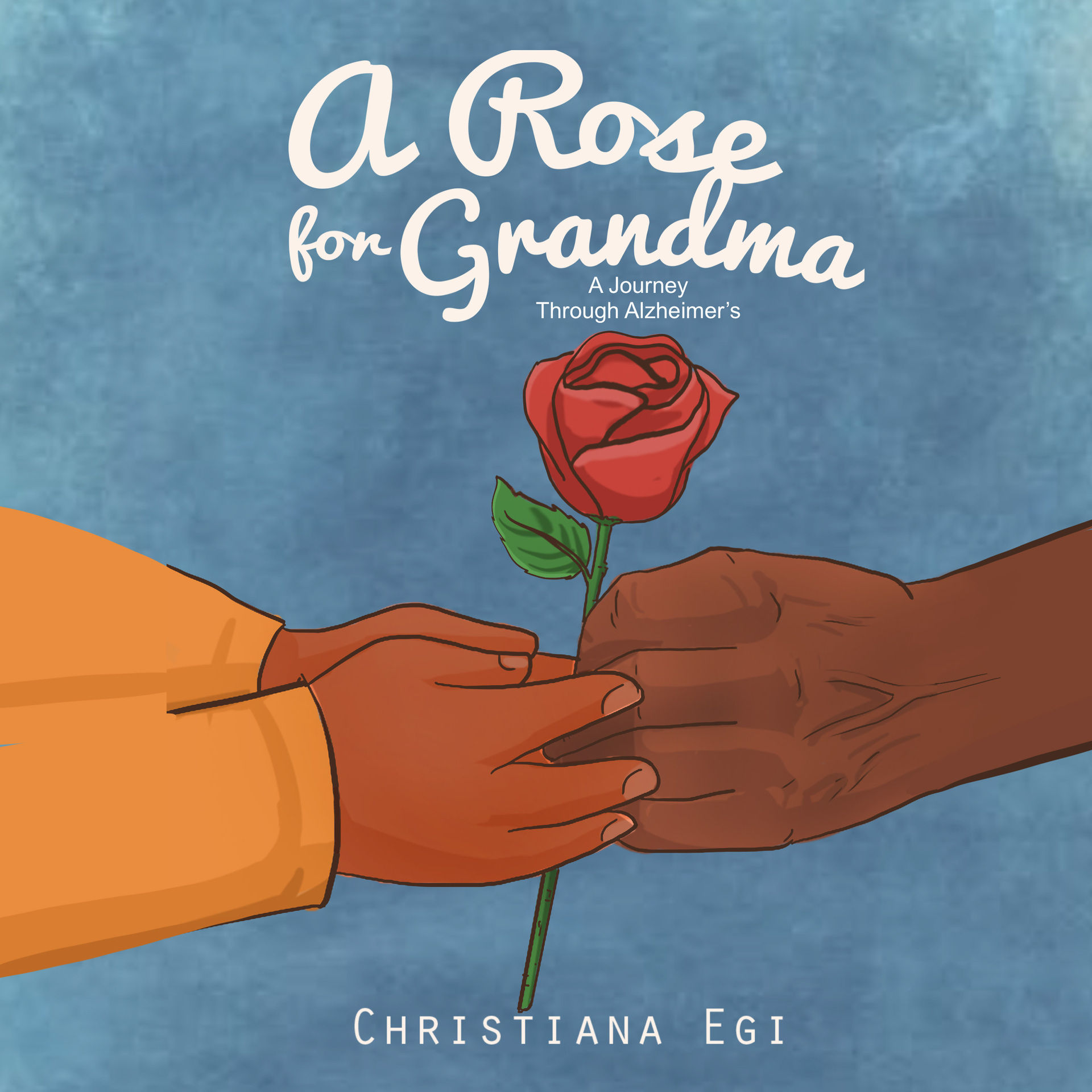A Rose for Grandma
Reading Guide

By: Christiana Egi
About this Program
The MSU Extension Alzheimer's Dementia Awareness for ChildrenStorybook program is designed to teach children about a form of dementia.
The goals of the program are:
1) increase awareness and knowledge about Alzheimer’s (a form of dementia) and
2) provide supportive resources to children and families when they have a loved one
diagnosed with Alzheimer's.
The authors of this reading guide are:
- Shelby Jones-Dozier, MSU Extension Teton County Extension Agent
- Marsha A. Goetting, MSU Extension Family Economics Specialist
- Keri Hayes, MSU Extension Program Assistant
Brief Summary
Annie shares her story about growing up with grandparents as they age. They spend time together in the kitchen cooking and gardening. As time passes, Annie notices changes in her grandma. Grandma can no longer bake, take care of her roses in her garden, or tell stories like she used to. Annie’s Mom takes her grandma to a doctor who diagnoses her with a brain disease called Alzheimer’s. Annie decides to create a scrapbook for her grandma so she can look back at memories. The scrapbook takes some time to make because Annie continues to use stories that Grandma shares when she has good days. On the cover of the scrapbook, Annie places a picture of a red rose. Annie titles the book "A Rose for Grandma!"
Questions to Ask
- Everyone forgets at one time or another. How is different when Annie forgets something and when Grandma forgets something?
What are the things Grandma doesn't remember how to do anymore?
- Annie goes to school to tell her class about her Grandma. How does Annie feel after she tells the class?
- The teacher explains to the class about how the brain works with people diagnosed
with Alzheimer's. What does the teacher compare the brain is like?
- Grandma has good days and bad days. How is Grandma on her good days and bad days?
Activity Enrichment
- Sensory activity: Find a bottle of rose essential oil. Put a few drops on a cotton ball. Close your
eyes and wave the cotton ball under your nose. What does it smell like?
- Drawing activity: Imagine what a rose looks like. Draw and cut out the picture of a rose. Share
this rose or a bouquet of roses with someone in your life who has Alzheimer's and
add it to their memory box or scrapbook.
- Create a memory box or scrapbook: Find or create a box with a lid or start with a blank book and glue pictures.
Collect items from your life and experiences you want to remember and put them in
the box or scrapbook. When you are with someone who has Alzheimer’s, share your memory
box or scrapbook with them and tell them the story that goes with each item or pictures.
- Brain pictures: Go to the Alzheimer’s website to see pictures of normal human brains and those of people who have Alzheimer’s. https://www.alz.org/alzheimers-dementia/what-is-alzheimers/brain_tour.What differences do you notice? Do you think these differences could help explain why a person with Alzheimer's has trouble remembering?
Common Reactions
- Relief: A child may be scared to explain to their friends or class that their grandparent
has Alzheimer’s. However, in the end, they find relief that they are not the only
one in the class who deals with a grandparent with Alzheimer’s.
- Engaging: A child may want to engage with a grandparent with Alzheimer’s.he National Institute on Aging has a list of activities: https://www.nia.nih.gov/health/activities-do-family-member-or-friend-who-has-alzheimers-disease
- Sad and Confused: A child may become sad and confused about why the person with Alzheimer’s is acting
strangely and not acting like themselves. Be prepared to educate a child about Alzheimer’s
and how it affects the brain. For more information, go to Alzheimer's Association website at: https://www.alz.org/alzheimer_s_dementia
Other Books in this Program
Other Storybooks and Reading Guides can be found at: https://www.montana.edu/extension/alzheimers/booksandreadingguides.html
Funding for purchase of the storybooks in this program have been made possible by
a grant from the Montana Geriatric Education Center at the University of Montana,
AARP Montana, and by the Endowment fund from National Extension Association of Family
& Consumer Sciences (NEAFCS).



